Description
*RARE B&T VP9 SD KIT DEVELOPED FOR A French Intelligence Agency WetWork CONTRACT.
THIS IS NOT TO BE CONFUSED WITH THE COMMERCIAL STATION SIX 9, which is not an SD pistol (non ported barrel) and drastically different from the original two-piece breakdown design.
ONLY 250 IMPORTED, 2020 PRODUCTION.
SCROLL THROUGH THE PICS.
Description:
The B&T VP9 is influenced by the welrod pistol used by the OSS, the VP9 was originally designed to be simple, reliable, concealable, and ultimately quiet pistol for clandestine operations. This ultra-quiet 5-round pistol is the ultimate silenced platform.
Both pistol and suppressor were developed simultaneously to produce the quietest 9mm pistol possible. The VP9 comes with two suppressors. One made of aluminum for training purposes and a second live suppressor with replaceable baffles for field use. Along the barrel holes have been drilled permitting gases to escape into the expansion chamber, releasing the gases so that the round that is being fired never reaches supersonic speed even with standard ammunition. This produces a noise level as low as 129dB when using standard 124 grain NATO ammunition. This sound reduction can be further decreased as much as 4dB by using subsonic ammunition. This noise is about the same as a car door closing.
Specifications:
- Caliber: 9mm
- Trigger: SA / DA with ambidextrous decocker
- System: Welrod, Repeating Action
- Operation: Single Shot
- Length: 285mm / 11.22in
- Width: 35 mm / 1.37 inches
- Height: 114 mm / 4.48 inches (including magazine)
- Barrel Length: 50 mm / 1.96 inches
- Weight: 0.9 kg / 1.98 lbs
- Sights: Open Sights
- Capacity: 5 rounds
Key Points
– The French intelligence community is likely one of the largest and most powerful globally, with several agencies focusing on foreign, domestic, and military threats.
– It seems to be centrally coordinated by the National Coordination of Intelligence and The Fight Against Terrorism (CNRLT), reporting to the French President.
– Key agencies include the DGSE for foreign intelligence, DGSI for domestic security, and others like DRM for military intelligence, with roles that may overlap and evolve.
– Research suggests a rich history dating back to the Napoleonic era, with ongoing adaptations to modern security challenges.
Overview
The French intelligence community is a complex network designed to protect national security. It includes multiple agencies, each with specific roles, such as the DGSE handling foreign intelligence and the DGSI managing domestic threats. The CNRLT appears to play a central role in coordination, ensuring information flows to the President. Given its historical roots and recent reforms, it continues to adapt to contemporary issues like cyber threats and terrorism.
Structure and Key Agencies
The community comprises agencies like the DGSE, which focuses on international intelligence, and the DGSI, tasked with internal security. Other notable agencies include the DRM for military intelligence and TRACFIN for economic threats. These agencies work under the oversight of the President and Prime Minister, with budgets often kept secret for security reasons.
Historical Context
With origins in the Napoleonic era and significant developments during World War II, the French intelligence community has a long history. Recent reforms, such as the 2014 establishment of the DGSI, show its ongoing evolution to meet modern challenges.
—
Survey Note: Comprehensive Analysis of the French Intelligence Community
The French intelligence community (FIC) is recognized as one of the largest and most powerful globally, with a structure that encompasses over six agencies focusing on foreign, domestic, and military threats. This analysis, based on recent research and official sources, provides a detailed examination of its organization, history, operations, and future outlook, offering a superset of the key points outlined above.
Historical Background and EvolutionThe FIC’s roots trace back to the 17th and 18th centuries under King Louis XIV, who utilized diplomats as spies and established the Cabinet Noir for intelligence analysis ([Grey Dynamics – France’s Intelligence Community: An Overview
The modern community emerged during the Napoleonic era, with significant developments under General Charles de Gaulle during World War II, particularly through the Free French movement. From 1946 to 1981, the Service de Documentation Extérieure et de Contre-Espionnage (SDECE) was the major intelligence service, reorganized in 1981.
The community’s public acknowledgment came in 2008 via President Sarkozy’s White Paper, with reforms finalized in 2014, including the establishment of the General Directorate for Internal Security (DGSI).
Structure and Coordination
The FIC is centrally coordinated by the National Coordination of Intelligence and The Fight Against Terrorism (CNRLT), established in 2017, which reports to the French President led by Pascal Mailhos since January 2023, a former interior ministry official and central director of the National Police’s General Intelligence, ensures agency coordination and informs the Presidency of security developments. Oversight is provided by the National Intelligence Council, including the President, Prime Minister, agency directors, ministers, and the National Intelligence and Counter Terrorism Coordinator, alongside the Parliamentary Delegation for Intelligence and the General Secretariate for National Security and defense.
The community operates under various ministries: the Ministry of Armed Forces oversees the DGSE, Directorate of Military Intelligence (DRM), and Directorate of Protection and Security of Defense (DRSD); the Ministry of Interior manages the DGSI; and the Ministry of Public Finance supervises TRACFIN and the National Directorate for Intelligence and Customs Investigations (DNRED) ([Grey Dynamics – France’s Intelligence Community: An Overview](https://greydynamics.com/frances-intelligence-community-an-overview/)). An organization chart is available at the Intelligence Academy’s website, though specific details are classified.
Key Agencies and Their Roles
The FIC comprises six main agencies, each with distinct functions:
| DGSE | Foreign intelligence, counterespionage abroad, covert operations | 7,200 | Counter-terrorism, nuclear proliferation, cyber defense, geostrategic analysis |
| DGSI | Domestic intelligence, counter-terrorism, counter-espionage | 3,300 | Anti-radicalization, surveillance of internal threats |
| DRM | Military intelligence, geopolitical analysis | Not specified | GEOINT, TECHINT, HUMINT collection |
| DRSD | Military counterintelligence, protection of troops and sites | 1,600 | Security of sensitive military installations |
| TRACFIN | Economic intelligence, investigates funding for terrorism, crime | 200 | Asset freezing, corruption, organized crime |
| DNRED | Economic intelligence, fights smuggling | Not specified | Global operations due to French territories |
Additional bodies include Police Intelligence (National Directorate for Territorial Intelligence – DNRT, Sub-Directorate for Operational Anticipation – SDAO, Directorate of Intelligence of the Paris Police Prefecture – DR-PP) and Judiciary Intelligence, notably the National Prison Intelligence Service (SNRP), expanded in 2019 for carceral security
Oversight is further ensured by the Interministerial Control Group (GIC), recognized in 2002, and the National Commission for the Control of Security Interceptions (CNCTR).
Recent Operations and Performance
Recent operations highlight the FIC’s capabilities and challenges. TRACFIN froze or seized Russian assets in 2022, targeting 1,158 individuals and 98 entities, amounting to €705 million in property.
France’s Intelligence Community: The DGSI prevented 42 Islamic terror attacks between 2015 and 2018, leading to new anti-terror laws.
The DGSE supported counter-insurgency operations in the Sahel, such as Operations Serval and Barkhane.
However, failures include the DRM’s inability to predict Russia’s 2022 invasion of Ukraine, unlike US and UK intelligence, and failures to anticipate coups in Mali (2021), Burkina Faso (2022), and Niger (2023), leading to French military expulsions from the Sahel ([Grey Dynamics – France’s Intelligence Community: An Overview](https://greydynamics.com/frances-intelligence-community-an-overview/)). These setbacks prompted calls for new DGSE and DGSI directors by the end of 2023.
#### Scandals and Controversies
The FIC has faced scandals, such as Philippe Thyraud de Vosjoli’s 1968 revelation of SDECE penetration by the KGB in the 1950s, intense rivalry with American intelligence, and economic espionage against American businessmen in France in the early 1990s ([Britannica – Intelligence – French Diplomacy, Security, Intelligence](https://www.britannica.com/topic/intelligence-international-relations/France)). In 2002, the DGSE uncovered compromising information on President Jacques Chirac for his opponents, raising ethical questions ([Britannica – Intelligence – French Diplomacy, Security, Intelligence](https://www.britannica.com/topic/intelligence-international-relations/France)).
#### Future Outlook
President Macron’s €413 billion military pledge in 2023, with planned increases, is likely to enhance FIC capabilities, particularly in response to recent failures. The community’s adaptability, as seen in the 2022 overhaul of the DGSE to promote agility and responsiveness, suggests a forward-looking approach to emerging
### Key Points
– The French intelligence community is likely one of the largest and most powerful globally, with several agencies focusing on foreign, domestic, and military threats.
– It seems to be centrally coordinated by the National Coordination of Intelligence and The Fight Against Terrorism (CNRLT), reporting to the French President.
– Key agencies include the DGSE for foreign intelligence, DGSI for domestic security, and others like DRM for military intelligence, with roles that may overlap and evolve.
– Research suggests a rich history dating back to the Napoleonic era, with ongoing adaptations to modern security challenges.
### Overview
The French intelligence community is a complex network designed to protect national security. It includes multiple agencies, each with specific roles, such as the DGSE handling foreign intelligence and the DGSI managing domestic threats. The CNRLT appears to play a central role in coordination, ensuring information flows to the President. Given its historical roots and recent reforms, it continues to adapt to contemporary issues like cyber threats and terrorism.
### Structure and Key Agencies
The community comprises agencies like the DGSE, which focuses on international intelligence, and the DGSI, tasked with internal security. Other notable agencies include the DRM for military intelligence and TRACFIN for economic threats. These agencies work under the oversight of the President and Prime Minister, with budgets often kept secret for security reasons.
### Historical Context
With origins in the Napoleonic era and significant developments during World War II, the French intelligence community has a long history. Recent reforms, such as the 2014 establishment of the DGSI, show its ongoing evolution to meet modern challenges.
—
### Survey Note: Comprehensive Analysis of the French Intelligence Community
The French intelligence community (FIC) is recognized as one of the largest and most powerful globally, with a structure that encompasses over six agencies focusing on foreign, domestic, and military threats. This analysis, based on recent research and official sources, provides a detailed examination of its organization, history, operations, and future outlook, offering a superset of the key points outlined above.
#### Historical Background and Evolution
The FIC’s roots trace back to the 17th and 18th centuries under King Louis XIV, who utilized diplomats as spies and established the Cabinet Noir for intelligence analysis ([Grey Dynamics – France’s Intelligence Community: An Overview](https://greydynamics.com/frances-intelligence-community-an-overview/)). The modern community emerged during the Napoleonic era, with significant developments under General Charles de Gaulle during World War II, particularly through the Free French movement. From 1946 to 1981, the Service de Documentation Extérieure et de Contre-Espionnage (SDECE) was the major intelligence service, reorganized in 1981 into the Directorate-General for External Security (DGSE) ([Britannica – Intelligence – French Diplomacy, Security, Intelligence](https://www.britannica.com/topic/intelligence-international-relations/France)). The community’s public acknowledgment came in 2008 via President Sarkozy’s White Paper, with reforms finalized in 2014, including the establishment of the General Directorate for Internal Security (DGSI) and the Intelligence Academy for training ([Grey Dynamics – France’s Intelligence Community: An Overview](https://greydynamics.com/frances-intelligence-community-an-overview/)).
#### Structure and Coordination
The FIC is centrally coordinated by the National Coordination of Intelligence and The Fight Against Terrorism (CNRLT), established in 2017, which reports to the French President at the Palais de l’Élysée ([Grey Dynamics – France’s Intelligence Community: An Overview](https://greydynamics.com/frances-intelligence-community-an-overview/)). The CNRLT, led by Pascal Mailhos since January 2023, a former interior ministry official and central director of the National Police’s General Intelligence, ensures agency coordination and informs the Presidency of security developments ([Grey Dynamics – France’s Intelligence Community: An Overview](https://greydynamics.com/frances-intelligence-community-an-overview/)). Oversight is provided by the National Intelligence Council, including the President, Prime Minister, agency directors, ministers, and the National Intelligence and Counter Terrorism Coordinator, alongside the Parliamentary Delegation for Intelligence and the General Secretariate for National Security and Defence ([Grey Dynamics – France’s Intelligence Community: An Overview](https://greydynamics.com/frances-intelligence-community-an-overview/)).
The community operates under various ministries: the Ministry of Armed Forces oversees the DGSE, Directorate of Military Intelligence (DRM), and Directorate of Protection and Security of Defense (DRSD); the Ministry of Interior manages the DGSI; and the Ministry of Public Finance supervises TRACFIN and the National Directorate for Intelligence and Customs Investigations (DNRED) ([Grey Dynamics – France’s Intelligence Community: An Overview](https://greydynamics.com/frances-intelligence-community-an-overview/)). An organization chart is available at the Intelligence Academy’s website, though specific details are classified ([Wikipedia – List of intelligence agencies of France](https://en.wikipedia.org/wiki/List_of_intelligence_agencies_of_France)).
#### Key Agencies and Their Roles
The FIC comprises six main agencies, each with distinct functions:
| **Agency** | **Role** | **Personnel (Approx.)** | **Focus Areas** |
|————————–|————————————————————————–|————————-|———————————————|
| DGSE | Foreign intelligence, counterespionage abroad, covert operations | 7,200 | Counter-terrorism, nuclear proliferation, cyber defense, geostrategic analysis |
| DGSI | Domestic intelligence, counter-terrorism, counter-espionage | 3,300 | Anti-radicalization, surveillance of internal threats |
| DRM | Military intelligence, geopolitical analysis | Not specified | GEOINT, TECHINT, HUMINT collection |
| DRSD | Military counterintelligence, protection of troops and sites | 1,600 | Security of sensitive military installations |
| TRACFIN | Economic intelligence, investigates funding for terrorism, crime | 200 | Asset freezing, corruption, organized crime |
| DNRED | Economic intelligence, fights smuggling | Not specified | Global operations due to French territories |
Additional bodies include Police Intelligence (National Directorate for Territorial Intelligence – DNRT, Sub-Directorate for Operational Anticipation – SDAO, Directorate of Intelligence of the Paris Police Prefecture – DR-PP) and Judiciary Intelligence, notably the National Prison Intelligence Service (SNRP), expanded in 2019 for carceral security ([Grey Dynamics – France’s Intelligence Community: An Overview](https://greydynamics.com/frances-intelligence-community-an-overview/)). Oversight is further ensured by the Interministerial Control Group (GIC), recognized in 2002, and the National Commission for the Control of Security Interceptions (CNCTR) ([Grey Dynamics – France’s Intelligence Community: An Overview](https://greydynamics.com/frances-intelligence-community-an-overview/)).
#### Financing and Budget
The FIC’s budget is voted by Parliament, with most details classified for security. The military budget, approved in July 2023 at €413 billion, allocates approximately 60% to the DGSE, DRM, and DRSD, while the DGSI’s budget is estimated at €300 million. TRACFIN and DNRED budgets are not publicly disclosed. President Macron’s 2023 bill increased military spending by €1.5 billion, with an annual €3 billion increase planned until 2030, likely boosting FIC resources ([Grey Dynamics – France’s Intelligence Community: An Overview](https://greydynamics.com/frances-intelligence-community-an-overview/)).
#### Recent Operations and Performance
Recent operations highlight the FIC’s capabilities and challenges. TRACFIN froze or seized Russian assets in 2022, targeting 1,158 individuals and 98 entities, amounting to €705 million in property ([Grey Dynamics – France’s Intelligence Community: An Overview](https://greydynamics.com/frances-intelligence-community-an-overview/)). The DGSI prevented 42 Islamic terror attacks between 2015 and 2018, leading to new anti-terror laws ([Grey Dynamics – France’s Intelligence Community: An Overview](https://greydynamics.com/frances-intelligence-community-an-overview/)). The DGSE supported counter-insurgency operations in the Sahel, such as Operations Serval and Barkhane ([Grey Dynamics – France’s Intelligence Community: An Overview](https://greydynamics.com/frances-intelligence-community-an-overview/)).
However, failures include the DRM’s inability to predict Russia’s 2022 invasion of Ukraine, unlike US and UK intelligence, and failures to anticipate coups in Mali (2021), Burkina Faso (2022), and Niger (2023), leading to French military expulsions from the Sahel ([Grey Dynamics – France’s Intelligence Community: An Overview](https://greydynamics.com/frances-intelligence-community-an-overview/)). These setbacks prompted calls for new DGSE and DGSI directors by the end of 2023.
#### Scandals and Controversies
The FIC has faced scandals, such as Philippe Thyraud de Vosjoli’s 1968 revelation of SDECE penetration by the KGB in the 1950s, intense rivalry with American intelligence, and economic espionage against American businessmen in France in the early 1990s ([Britannica – Intelligence – French Diplomacy, Security, Intelligence](https://www.britannica.com/topic/intelligence-international-relations/France)). In 2002, the DGSE uncovered compromising information on President Jacques Chirac for his opponents, raising ethical questions.


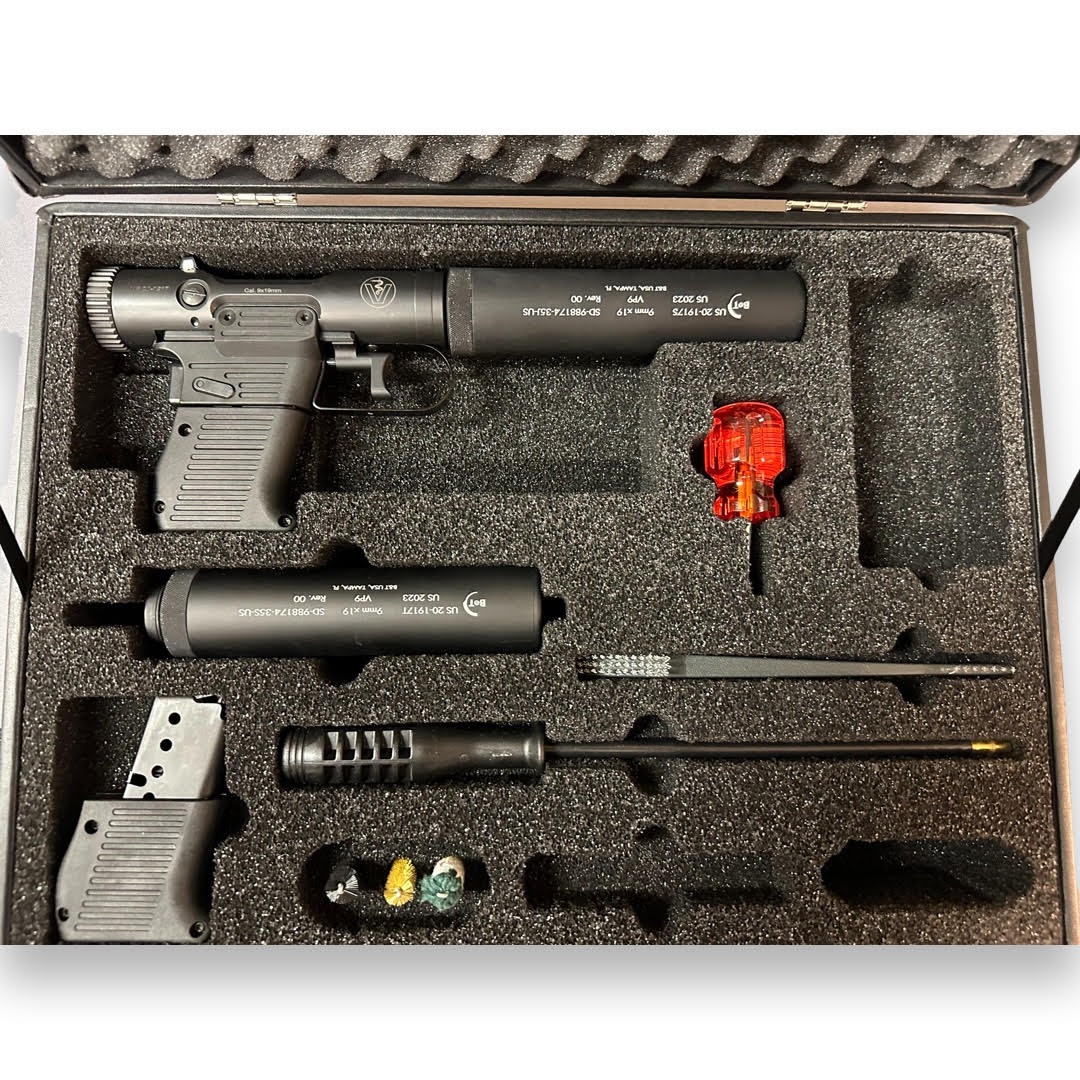


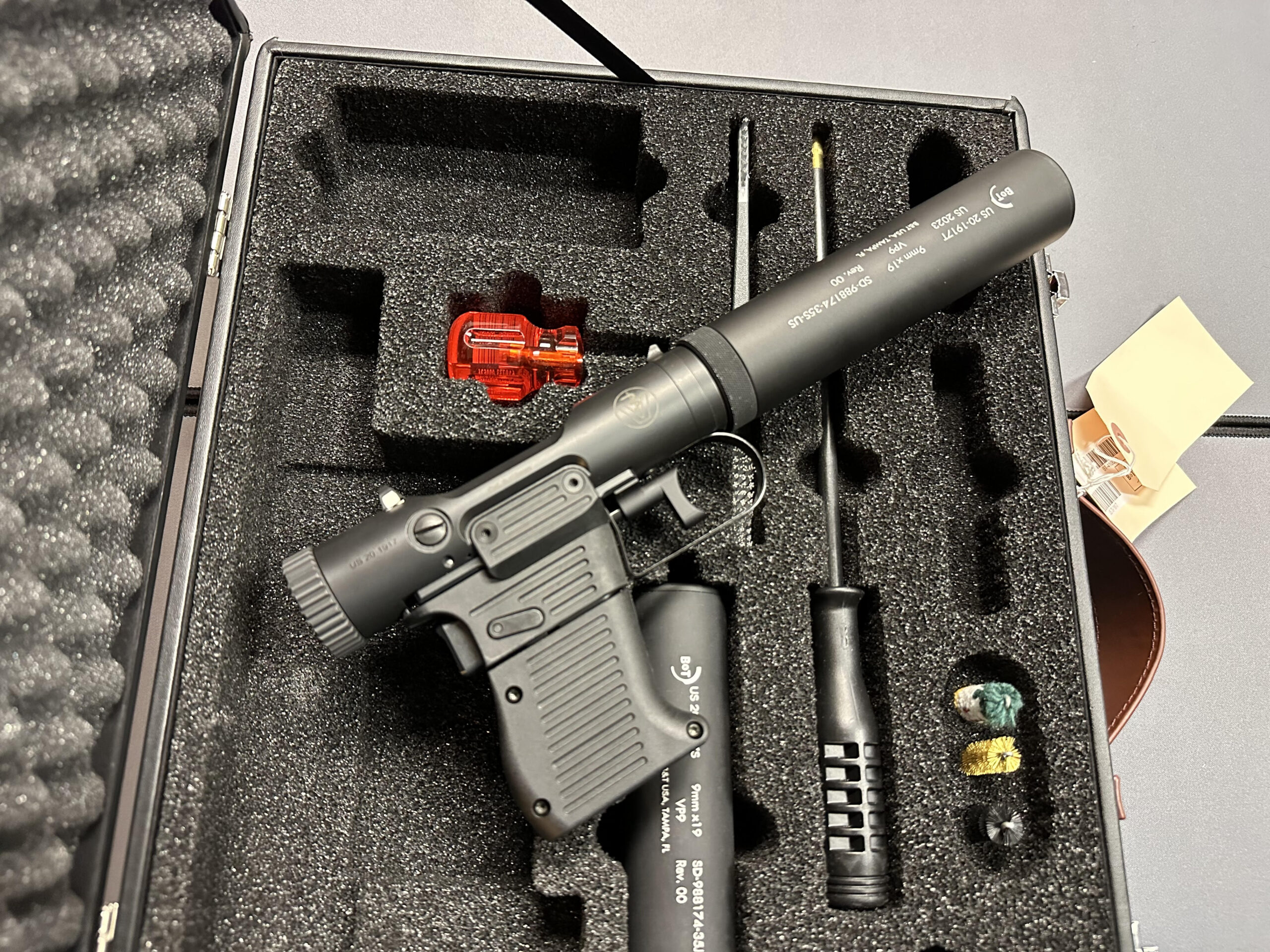
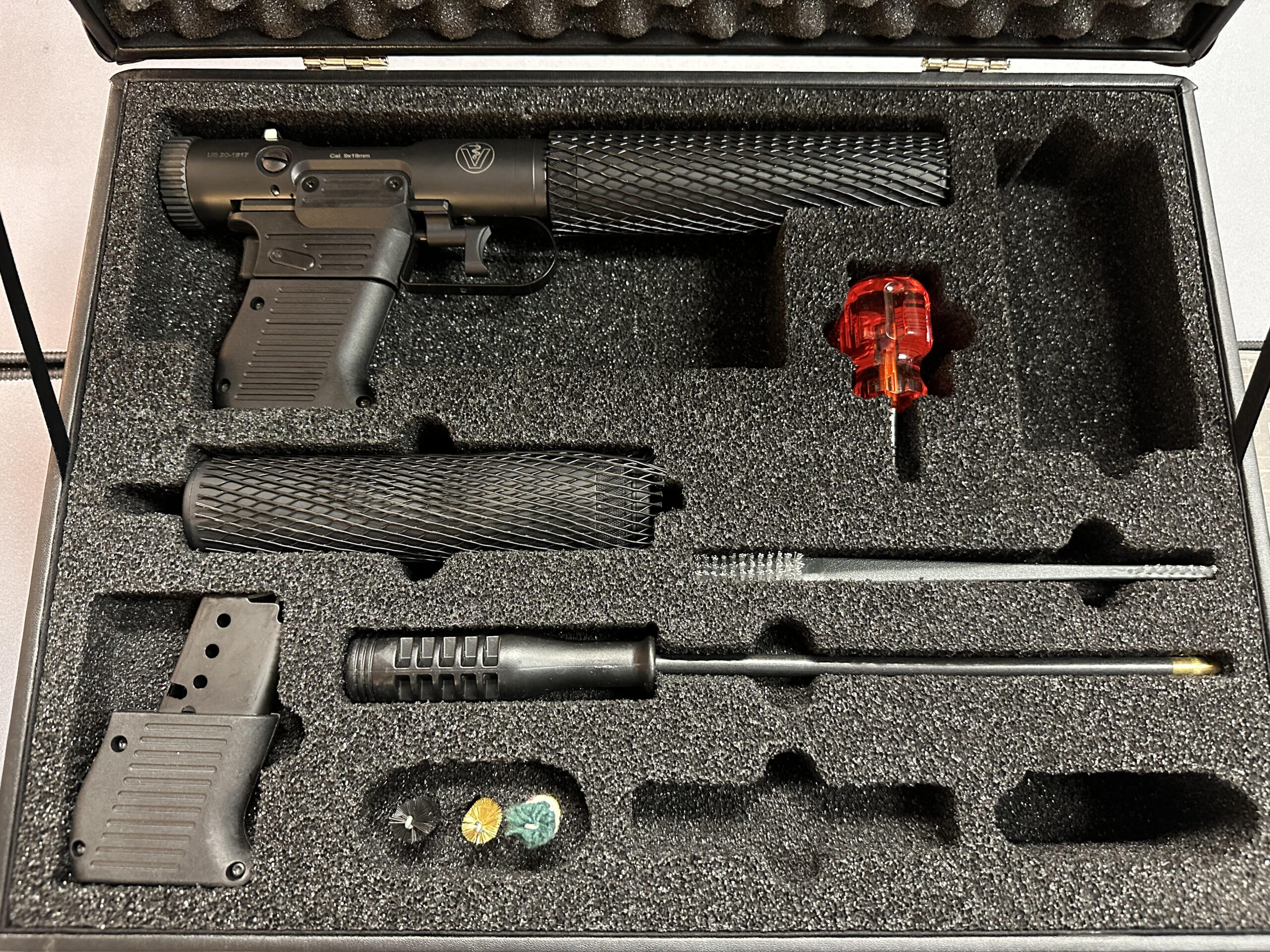
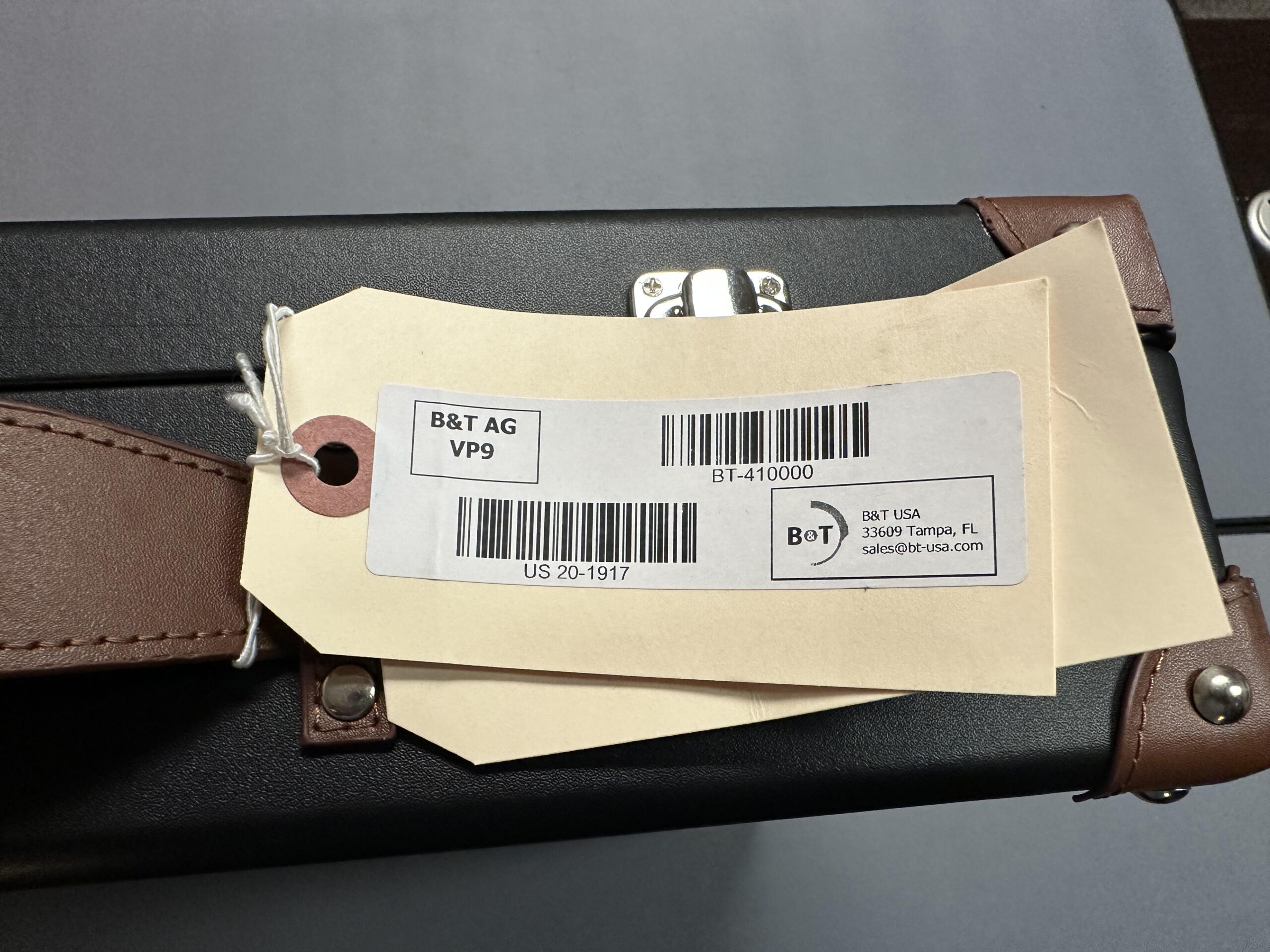



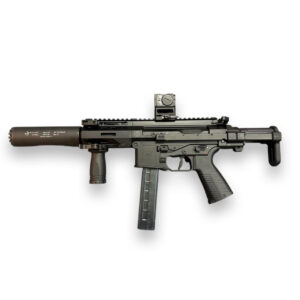
Reviews
There are no reviews yet.